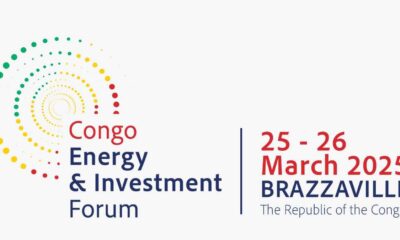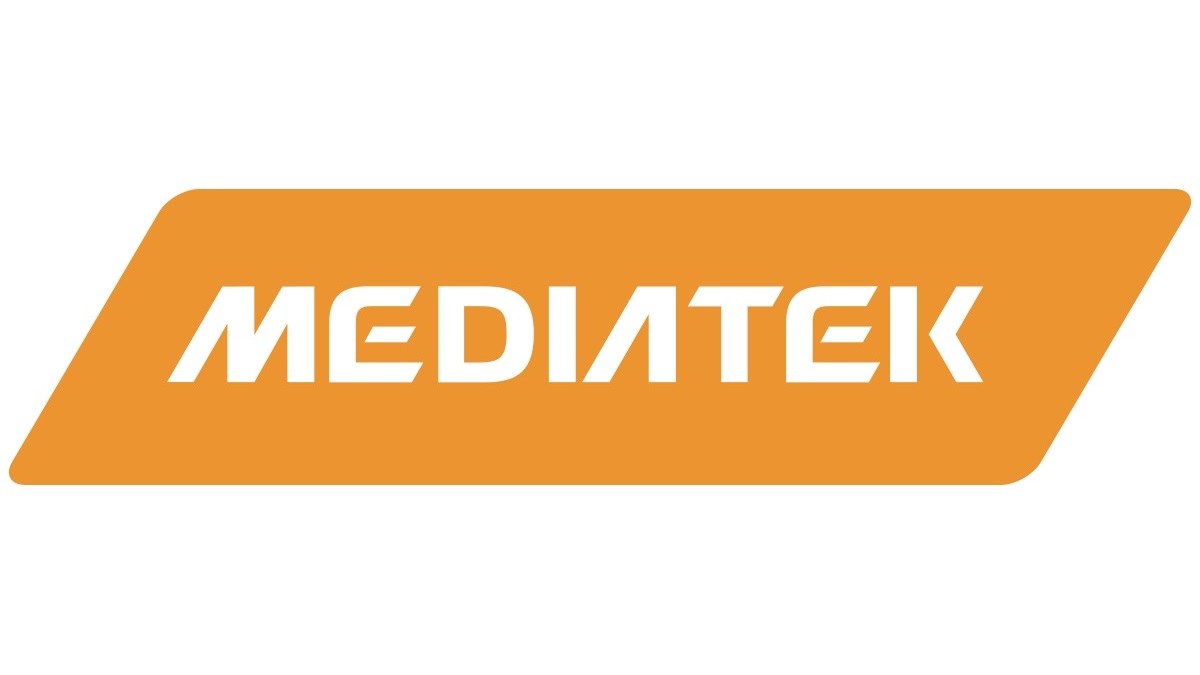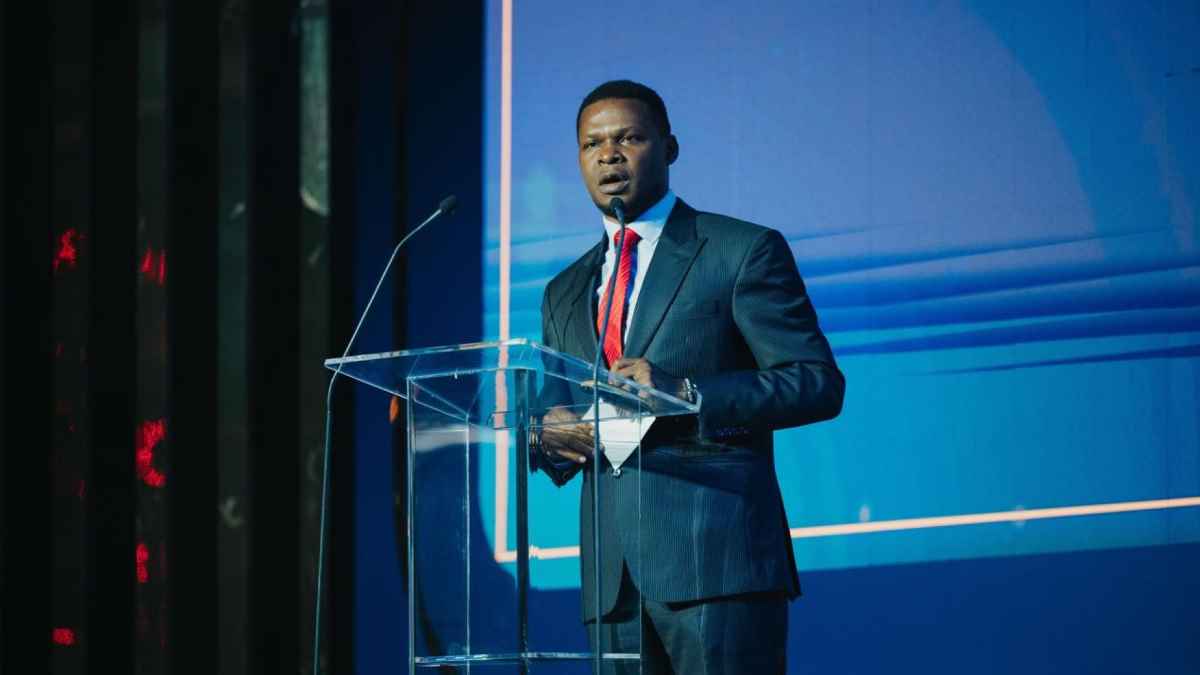Canon’s EOS system debuted alongside the EF series of interchangeable lenses in March 1987 as the world’s first fully-electronic mount system for silver halide film AF SLR cameras
DUBAI, United Arab Emirates, July 17, 2023/APO Group/ —
Canon Inc. (www.Canon-CNA.com) announced that the company has reached two major production milestones – a cumulative total of 110 million[1] EOS Series interchangeable-lens cameras in March and 160 million[2] RF/EF series interchangeable lenses in May. An EOS R6 Mark II (released in December 2022) was the 110 millionth EOS series camera produced, while an RF 100mm F2.8 L MACRO IS USM (released in July 2021) became the Company’s 160 millionth interchangeable lens.
Production of EOS Series cameras reaches 110 million mark through Canon’s pursuit of “Speed, Comfort and High Image Quality”
EOS, or Electro Optical System, is also the name of the Greek goddess of the dawn. Canon’s EOS system debuted alongside the EF series of interchangeable lenses in March 1987 as the world’s first fully-electronic mount system for silver halide film AF SLR cameras. During the dawn of digital SLR cameras, Canon introduced its breakthrough EOS 300D (EOS Digital Rebel or EOS Kiss Digital in other regions) in September 2003. Since that time, Canon has continued to launch a range of groundbreaking products, including the professional-model EOS-1D series and the EOS 5D series, which paved the way for digital SLR video recording. Canon’s desire to further expand the boundaries of visual expression led to its next-generation EOS R System, launched in October 2018. By striving to expand its lineup of attractive products to meet a diverse range of needs, Canon’s EOS series has gained and maintained the support of many users over the years. As a result, the company has maintained the world’s No. 1 share[3] of digital SLR cameras over 20 years, from 2003 to 2022. In March 2023, Canon produced its 110 millionth EOS series camera.
Production of Canon RF/EF lenses reaches 160 million unit production milestone on the strength of advanced imaging technology
Canon’s proprietary EF lenses, launched in March 1987 along with the EOS SLR camera system, have continued to evolve since their introduction, leading the industry through the incorporation of a wide range of innovative technologies, including such world firsts[4] as the Ultrasonic Motor (USM), Image Stabilizer (IS) technology, and a multilayered diffractive optical (DO) element.
With the addition of the RF Lens – which achieves unprecedented high image quality by leveraging a large aperture and short-back focus, along with a high-speed signal transmission system, that are the hallmarks of the EOS R System launched in 2018 – the entire range of lenses has been expanded to include a total of 115 models[5], expanding the possibilities of image capture. In May 2023, the Company celebrated the production of 160 million EOS series interchangeable lenses.
Refining its proprietary imaging technologies, Canon will continue to strengthen and expand the EOS series along with its RF and EF lens lineup, striving to push the frontier of imaging forward and to contribute to the further development of photographic and video imaging culture.
The EOS Series
The EOS series, a new generation of AF SLR cameras that adopt the world’s first electronic mount system achieving full electronic control of the entire system, was launched with the EOS 650, released in March 1987.
As silver halide cameras boomed, Canon launched several models covering a wide range of user needs, including the EOS-1 in Japan in 1989, aimed at professionals, and the EOS 500 (EOS Rebel XS or EOS Kiss in other regions) in Japan in 1993, which achieved a compact, lightweight design and greatly expanded Canon’s user base. Then in 2003, during the early years of the digital camera age, the Company released in Japan the groundbreaking EOS 300D Digital (EOS Digital Rebel or EOS Kiss Digital in other regions), an entry-level digital SLR camera that realized a compact, lightweight body at an affordable price. This move would trigger a massive expansion of the camera market, with Canon claiming the overwhelming lead in market share that same year. With the later release of the EOS-1D Series for professionals and the EOS 5D series, which helped popularize video capture using SLR cameras, Canon has continued to release epoch-making products.
In October 2018 Canon launched the EOS R System, which includes the inaugural EOS R and the EOS R5 – the first camera to feature 8K video recording – released in July 2020 along with the EOS R3 in November 2021, which features tracking of fast-moving subjects and continuous shooting performance, and the compact, light-weight EOS R100, thus expanding the company’s product lineup. In addition, Canon launched the EOS VR System, designed to record video for virtual reality content, in December 2021. With the launch of these products and technologies, Canon is tirelessly pursuing new possibilities for visual expression.
Canon’s RF and EF Lenses
Since the release of the first EF lens, launched alongside the EOS series in March 1987, Canon has produced such EF lenses featuring world-first technologies as the EF 75-300mm f/4-5.6 IS USM with image stabilization in Japan in 1995, the EF 400mm f/4 DO IS USM with a DO lens in Japan in 2001 and the EF 24mm f/1.4L II USM, treated with highly antireflective Subwavelength Structure Coating (SWC[6]) in Japan in 2008. In 2018, Canon released the RF 28-70mm F2 L USM – a standard zoom lens to achieve the world’s first fast f/2 aperture across the entire zoom range[7] – and in May 2023, the company released the RF 100-300mm F2.8 L IS USM large-diameter telephoto zoom lens that realizes both high image quality and portability.
Today, Canon boasts 115 lenses in its rich RF and EF lens lineup that comprises such lenses as an ultra-wide-angle 5.2 mm focal length lens, a 1200 mm focal length super-telephoto lens and EF Cinema Series lenses for video production. With a wide selection of lenses for every purpose including zoom lenses, IS-equipped lenses, fast-aperture lenses, macro lenses, VR lenses and even the TS-E tilt-shift lenses, Canon is well-positioned to meet the needs of various users.
[1]Total unit sales of both silver halide (film) and digital cameras. Includes cinema cameras for video production.
[2] Includes EF, EF-S, RF, RF-S, EF-M and EF Cinema lenses and lens extenders.
[3] In terms of market share by number of units sold. Based on Canon research.
[4] Among interchangeable SLR camera lenses. Based on Canon research.
[5] The number of types of lenses available for sale may differ depending on regional markets. Includes four lens extenders. As of June 28, 2023.
[6] Subwavelength Structure Coating: a specialized lens coating that offers strong anti-reflection properties.
[7] Among interchangeable lenses supporting autofocus across the entire standard zoom range and compatible with 35mm equivalent full-frame sensor cameras. Based on Canon research.
Distributed by APO Group on behalf of Canon Central and North Africa (CCNA).

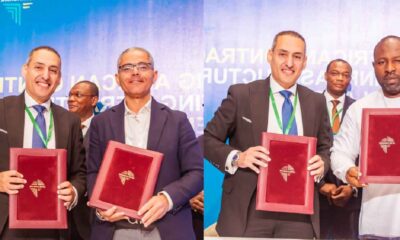
 Business4 days ago
Business4 days ago
 Business4 days ago
Business4 days ago
 Business4 days ago
Business4 days ago
 Business4 days ago
Business4 days ago
 Business3 days ago
Business3 days ago
 Business4 days ago
Business4 days ago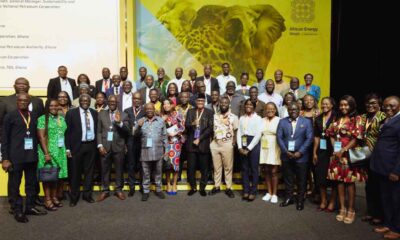
 Business4 days ago
Business4 days ago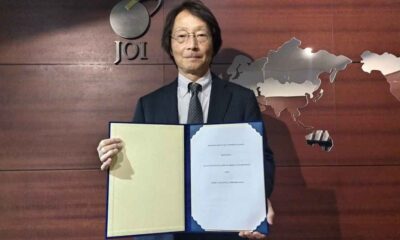
 Business4 days ago
Business4 days ago


